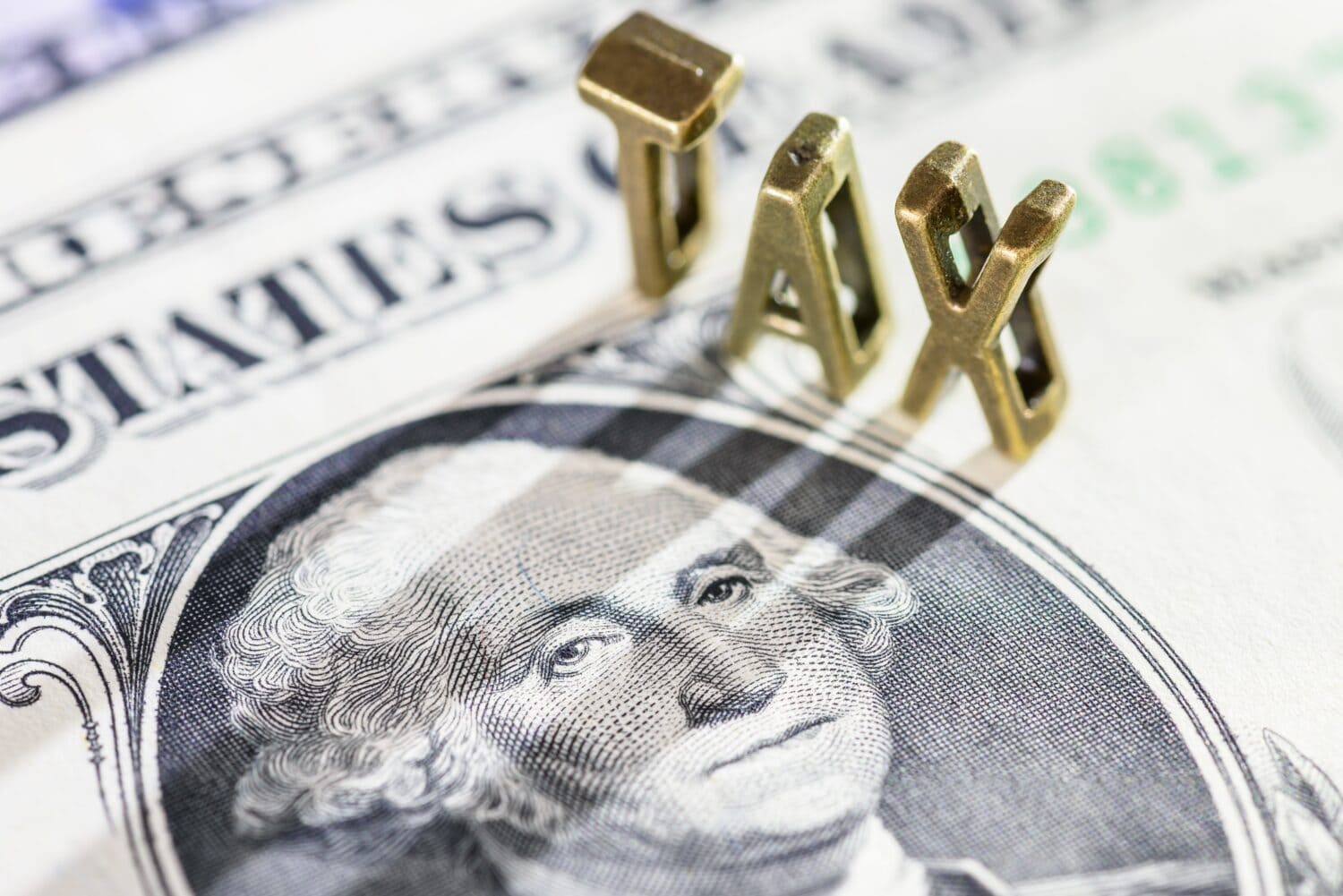
President Franklin Roosevelt’s June 1934 Executive Order established the Committee on Economic Safety. That led to the Social Security Act, passed on Aug. 14, 1935.
Social Security provided social insurance for older Americans, financed through payroll taxes paid by employees and their employers. Working people earned retirement benefits based on their average covered earnings. You could not receive benefits while earning income. Spouses and children weren’t eligible.
Nearly 90 years later, approximately 180 million worked in Social Security-covered employment in 2023, with 67 million receiving monthly benefits as of September 2023. Social Security has become a crucial part of American workers’ retirement, with 20% of beneficiaries totally dependent on this source of income for their financial survival.
Like most retirement programs, a little financial planning goes a long way to maximizing social security benefits.
Here are three Social Security mistakes to avoid as you prepare for retirement.
Claiming Too Early

Reasons you might claim early include the need to live on them and a shorter life expectancy. A mistaken reason to claim Social Security early is that you believe the benefits won’t be there when you need them due to the Social Security trust fund running short.
“Following the herd about misconceptions and fear-mongering about Social Security ‘running out of money’ creates fear that people will lose their Social Security benefit, so a lot of people elect to receive Social Security early at 62,” Bankrate.com reported comments from Nick Strain, senior wealth advisor at Halbert Hargrove, a California-based financial advisor.
A 2022 report from Boston University and the Federal Reserve Bank of Atlanta estimated that the average amount a typical worker loses in lifetime discretionary income by claiming before 70 is $182,000.
Given that approximately 25% of Americans claim Social Security at age 62 and nearly half before age 70, many people are missing out on greater retirement income.
Not Coordinating With Spouse

Also, it’s vital in a two-income household to consider each wage earner’s lifetime income. If the gap is wide enough, it might make sense for the lower earner to switch to a spousal rather than a retirement benefit.
The spousal benefit was created years ago and designed for a society with primarily one-income households. A spouse who didn’t work could apply for the benefit, which paid out up to half the working spouse’s monthly benefit.
Although a spouse could claim spousal benefits at 62, waiting until your full retirement age or FRA is better. If you were born in 1960 or later, your FRA is 67. So, if, for example, your spouse’s FRA is $2,000 monthly, at 67, you’d get $1,000 (50%) in spousal benefits. However, if you take them at 62, your monthly spousal benefit drops to $650 (32.50%).
If you’re married, it pays to have this discussion with your spouse before you get to 62.
Earning Too Much

Interestingly, the Social Security rules have an “adjustment of reduction factor (ARF)” that gives you back the lost benefits when you reach 67.
“Know that it’s a good thing to lose money to the earnings test because for every dollar you lose to the earnings test, you get about about roughly $1.20 back in benefits,” CBS reported Boston University economist Laurence Kotlikoff’s comments on the subject in November 2023.
“But people aren’t being told that, so they mistakenly think that going back to work just makes no sense because all they’re doing is working for the government.”
So, if you like what you’re doing, work past 62.
Take Charge of Your Retirement In Just A Few Minutes (Sponsor)
Retirement planning doesn’t have to feel overwhelming. The key is finding expert guidance—and SmartAsset’s simple quiz makes it easier than ever for you to connect with a vetted financial advisor.
Here’s how it works:
- Answer a Few Simple Questions. Tell us a bit about your goals and preferences—it only takes a few minutes!
- Get Matched with Vetted Advisors Our smart tool matches you with up to three pre-screened, vetted advisors who serve your area and are held to a fiduciary standard to act in your best interests. Click here to begin
- Choose Your Fit Review their profiles, schedule an introductory call (or meet in person), and select the advisor who feel is right for you.
Why wait? Start building the retirement you’ve always dreamed of. Click here to get started today!
Thank you for reading! Have some feedback for us?
Contact the 24/7 Wall St. editorial team.




